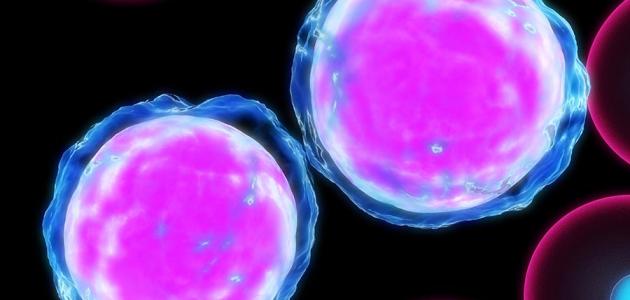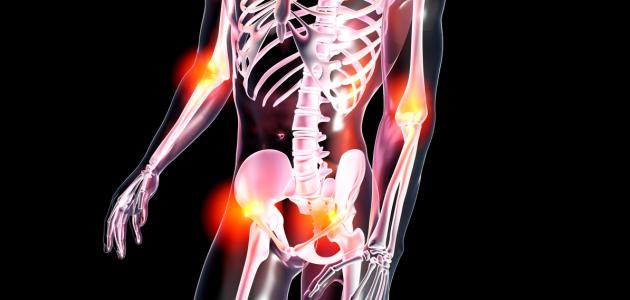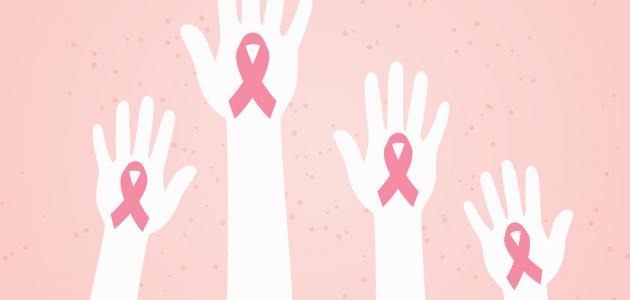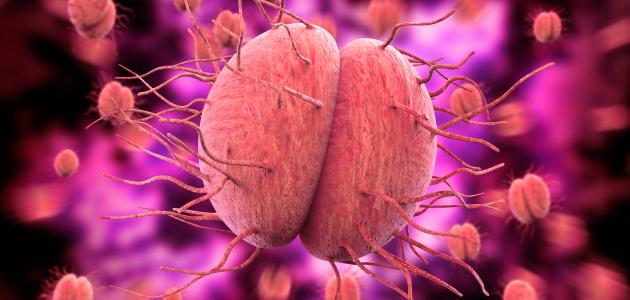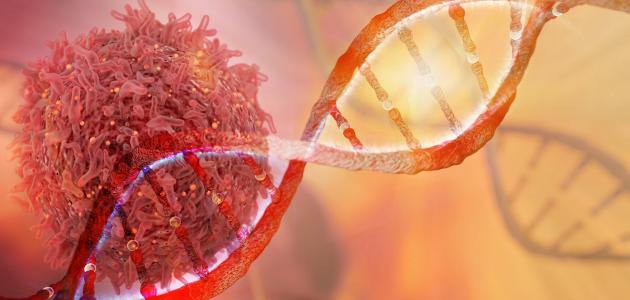Contents
Food allergy
The phenomenon of food allergy is more common in infants and children, but it may appear at any age, and sensitivity can develop in some cases against foods that have been eaten for many years without the appearance of any problems, and the allergy occurs due to the immune system attacking the food that is recognized as a body Strange, and a symptom of a food allergy ; Vomiting, cramps, chills, shortness of breath, wheezing, coughing, difficulty swallowing , swelling of the tongue, weak heartbeat , paleness or blueness of the skin, dizziness, and in the worst case a person may develop what is known as anaphylactic shock , which is a dangerous reaction and can To be life-threatening due to difficulty breathing and the body entering a state of shock. [1]
Foods that trigger allergies
The most common
There are many foods that trigger allergies, and among the most common foods that cause allergies are the following: [2]
- Cow's milk: Milk allergy is one of the most common types of childhood allergy, affecting 2-3% of infants and young children, but 90% of children recover from this condition once they reach three years of age, and the chance of infants and young children with this increases The condition when they were exposed to the protein in cow's milk before they were six months old.
- Eggs: Eggs allergy is the second most common type of food allergy in children, but 68% of children who have an allergy to eggs get rid of this allergy by reaching 16 years of age, and it is worth noting that egg allergy may be to white without the yolk or it may be to yolk. Without the white due to the difference in the proteins of each of them, however, most of the proteins that cause allergies appear in the egg white, and a person with this type of allergy may not need to avoid all foods containing eggs, because cooking eggs can transform the proteins that cause allergies into another form that does not The body recognizes it as a strange substance, and some studies have shown that introducing baked goods into the food of children with egg allergy can help reduce the time it takes for the body to get rid of the allergy to eggs.
- Nuts: such as walnuts, almonds, cashews, macadamia, pistachios, pine nuts, and food products made from these nuts, such as nut butter and oils, and it is advised to avoid all types of nuts for those who suffer from allergies to one or more of these nuts because an allergy to one type increases the risk Allergy to other types of nuts, and unlike some other types of food allergy, allergy to nuts is considered a permanent condition that does not go away with age in most cases.
- Peanut: is allergic to peanuts are very common as it affects approximately 4-8% of children and 1-2% of adults and can cause allergic severe and possibly fatal, it is worth mentioning that the people who suffer from peanut allergy are allergic to Nuts are also mostly nuts, and the allergy may disappear in 15-22% of children once they reach their teens.
- Clams: Among the types of marine organisms that can cause allergies. Shrimp, prawns, lobster, crab, squid, and scallops, it is worth noting that allergy to shellfish does not disappear with age in most cases, so people with this type of sensitivity should always avoid these foods, and it is noticeable that the fumes from Cooking oysters can cause an allergic reaction in these people, and it is therefore advisable to avoid places where oysters are cooked.
- Wheat: Wheat allergy occurs due to the immune response to one of the hundreds of proteins in wheat, which may result in a severe and life-threatening allergic reaction in some cases, and wheat allergy affects children more, but it may disappear once they reach the age of ten, and it should be distinguished from celiac disease. Celiac disease and non-celiac gluten sensitivity, which can have similar digestive symptoms, and it is worth noting that people who suffer from celiac disease or celiac gluten sensitivity should avoid wheat and other grains. It contains gluten, while people with a wheat allergy need to avoid only wheat and can tolerate the gluten in grains that do not contain wheat.
- Soy: allergy affect soy about 0.4% of children; The majority of them are infants and children under the age of three, and in approximately 70% of children they disappear as they age, and interestingly enough, a small number of children who have an allergy to cow's milk also have an allergy to soy.
- Fish: Fish allergy affects approximately 2% of adults, and an allergy may appear late in life. As 40% of cases of fish allergy appear after puberty, it is worth noting that many people who suffer from fish allergy have an allergy to one or more types of fish.
The least common
There are several types of foods that can lead to allergies, but less common than the foods mentioned previously, including the following: [3]
- Corn .
- Gelatin.
- Meat, such as beef, poultry, and lamb.
- Seeds such as sesame seeds, and sunflower.
- Spices such as caraway, coriander, garlic , and mustard.
Food additives
Food allergy may appear in some cases as a result of exposure to some types of food additives, including the following: [4]
- Sulfates: , are usually used as preservatives for food, as they prevent turning foods to brown when exposed to air, and there are sulphates in the dried fruit, and some types of jam, frozen potatoes.
- Tartrazine is a yellow pigment often found in drinks, sweets, ice cream, cheese, canned vegetables , and ketchup.
- Monosodium glutamate: (MSG), and it is used to enhance the flavor in meat and canned foods , and it is widely used in food prepared in Chinese restaurants.
References
- ↑ "Food Allergy" , acaai.org , Retrieved 6-5-2018. Edited.
- ↑ "The 8 Most Common Food Allergies" , www.healthline.com , Retrieved 6-5-2018. Edited.
- ↑ "Common Food Allergy Triggers" , www.webmd.com , Retrieved 6-5-2018. Edited.
- ↑ "Adverse Reactions to Food Additives" , asthmaandallergies.org , Retrieved 6-5-2018. Edited.


